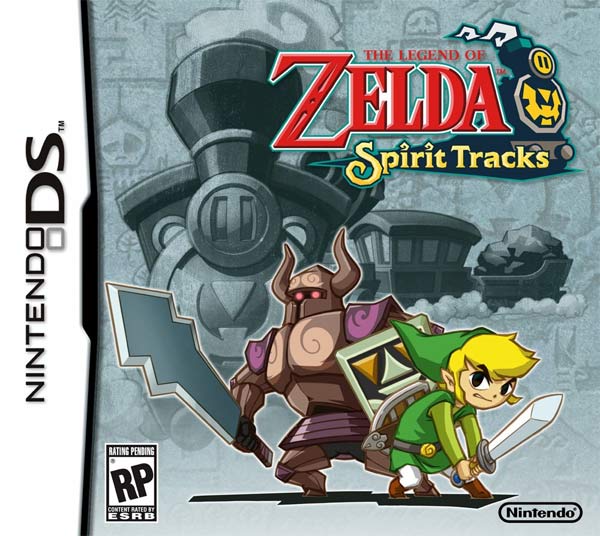 When reflecting back on my DS collection, one of the games that stands out is The Legend of Zelda: Spirit Tracks.
When reflecting back on my DS collection, one of the games that stands out is The Legend of Zelda: Spirit Tracks.
Whilst it was not the first dedicated Zelda game for the system, it managed to improve upon in every way that its predecessor, The Phantom Hourglass, had attempted. That game had the right intentions and utilised the the unique features of the DS, including the embarrassingly devious use of simply closing the system to solve a puzzle. However having to return to the Temple of the Ocean King after every other dungeon effectively broke the game.
When reflecting back on my DS collection, one of the games that stands out is The Legend of Zelda: Spirit Tracks.Whilst Spirit Tracks also sees Link returning to a central dungeon the process has been streamlined and is more rewarding as result. In addition to effectively utilising the touch screen, Spirit Tracks also made Zelda more than a helpless damsel needs rescuing, as there are frequent times where Zelda’s help is essential in order to move forward.

The sailing in Phantom Hourglass was not as satisfying as it had been in Wind Waker yet for me traversing through New Hyrule on a train was somehow more enjoyable than it should be, but really added to the sense of distance.
Spirit Tracks may not be criticised, but it also doesn’t get the recognition that it deserves. Whenever I think back through the numerous titles in the series, I always regard my experience with Spirit Tracks highly. Maybe its inclusion as a stage in Smash Bros might get more people to try it out.






